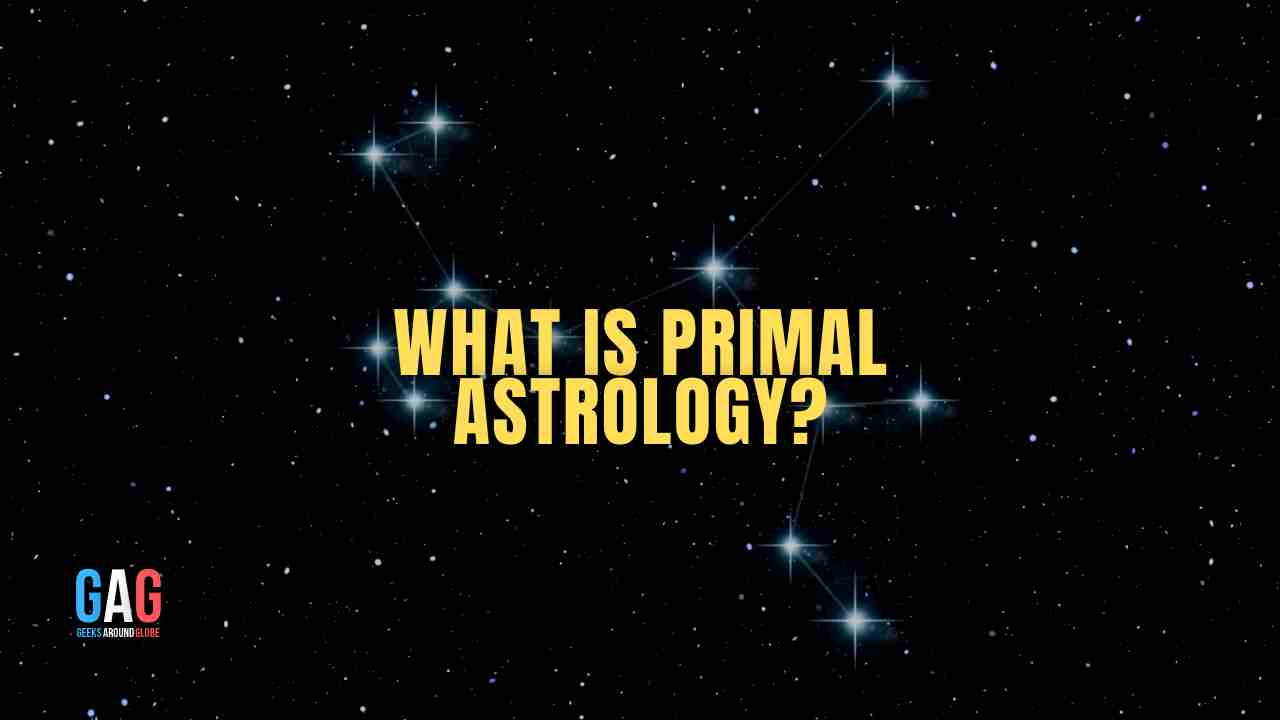Primal Astrology is an approach to the practice of Horoscopic astrology that focuses on describing life through terms related to our biological nature. Primordial images, instinctual drivers, and other primal forces are considered along with elemental dignities in order to create a synthesis between quantum physics, psychology, and mythology. The end result should be alchemy which brings forth practical applications for modern living.
Where does Primal Astrology derive from?
Primal Astrology draws from many different sources such as the pioneering work of Carl Jung and his theory of archetypes, the clinical observations of Wilhelm Reich and his concept of character armoring, C G Jung’s notion of synchronicity, Robert Bly’s work on male initiation ceremonies and Joseph Campbell and his study into myths and symbols. It is also influenced by Carlos Castaneda and the Toltec tradition of sorcery, James Hillman and his archetypal psychology, and Jean Gebser and his writings on the evolution of consciousness. Additionally, it is important to consider how primal astrology fits within a modern psychological framework for understanding human behavior along with notions of evolutionary biology – particularly in relation to Darwinian fitness and sexual selection.
How is Primal Astrology different from Traditional Astrology?
Primal Astrology differs significantly from traditional Western Horoscopic astrology in that it involves attributing phenomenological descriptions to the signs, planets, aspects, etc., rather than attempting to understand them through symbolic or mythic associations alone. For example, rather than just saying that someone with a predominance of earth elements in their chart is stubborn, primal astrology goes on to describe how they are ‘stubborn’. This may include describing the physicality of an earthy personality type along with the way this impacts their behavior.
What kind of descriptions can Primal Astrology provide?
Primal astrology is analogous to scientific phenomenology where each sign is attributed with terms related to its elemental nature (fire, air/earth/water) and also associated with particular parts of the body (heart, kidneys, etc.). For example, an airy person might be said to have ‘lungs like bellows’ or ‘nerves like wire’ whereas a fiery person might be said to have ‘pancreas like a furnace’ or ‘liver like an oven’. In addition, primal astrology recognizes that each sign has a gender dimension and accordingly describes how men and women might express themselves differently according to the signs they are found in. For example, a man with his ascendant in Aries might say “I would rather fight than switch” whereas a woman with her ascendant in Aries might say “I would rather switch than fight”.
How can Primal Astrology be used?
Primal Astrology is potentially very powerful when it comes to using astrology to gain insight into people’s motivations, behaviors, or psycho-physiological makeup. However, this requires that the astrologer has a good understanding of human personality in general and also understands the distinct differences between men and women in order for them to make accurate attributions. For example, if someone has an Aries ascendant but Saturn conjunct the IC then they are likely to project their feelings of fear onto others rather than experience these directly themselves. This might mean that instead of ‘fighting’ they are more given to ‘fleeing’. Thus it is necessary for the astrologer to have a strong sense of how men and women typically behave according to the planetary archetypes present in their natal chart.
Primal Astrology can also provide a rich source of metaphors when it comes to describing what is going on in someone’s life. For example, if a man has his Sun in Pisces then he might be said to have ‘swimmer’s shoulders’ or, if a woman has her Moon in Taurus she may have ‘cow eyes’. This provides an easy way for astrologers who are more comfortable using images rather than ideas to get their point across and the method can also help clients to better understand themselves and others.
What are some of the problems with Primal Astrology?
Primal astrology, like traditional Western Horoscopic astrology, is based on the presumption that there are twelve distinct archetypes or planets in any given natal chart. This enables most people to be accounted for but does not fit everyone’s experiences equally well. For example, it is possible for a person to have either seven planets, fourteen planets, or fifteen planets depending upon their exact birth time and place. This can lead to difficulties when trying to make comparisons between individuals using primal astrology.
Additionally, although primal astrology is usually used in relation to men and women it may also run into problems when dealing with gay/lesbian/asexual individuals who might possess planetary placements that don’t easily fit into the masculine/feminine archetypes that are typically found in the traditional Western view of astrology.
Despite these caveats, Primal Astrology can be a rich and rewarding area of practice for astrologers who wish to discover more about the different ways people express themselves. Unlike traditional Western Horoscopic astrology it contains no rules as such and as such can be molded into any shape that fits the nature of those who are being studied. This provides plenty of room for creativity and also means that primal astrology can potentially be practiced in ways that may not fit into traditional views of Horoscopic developments. How this is done depends entirely on how individual astrologers choose to interpret their subjects – there are no standards or ‘right’ ways of doing things.






